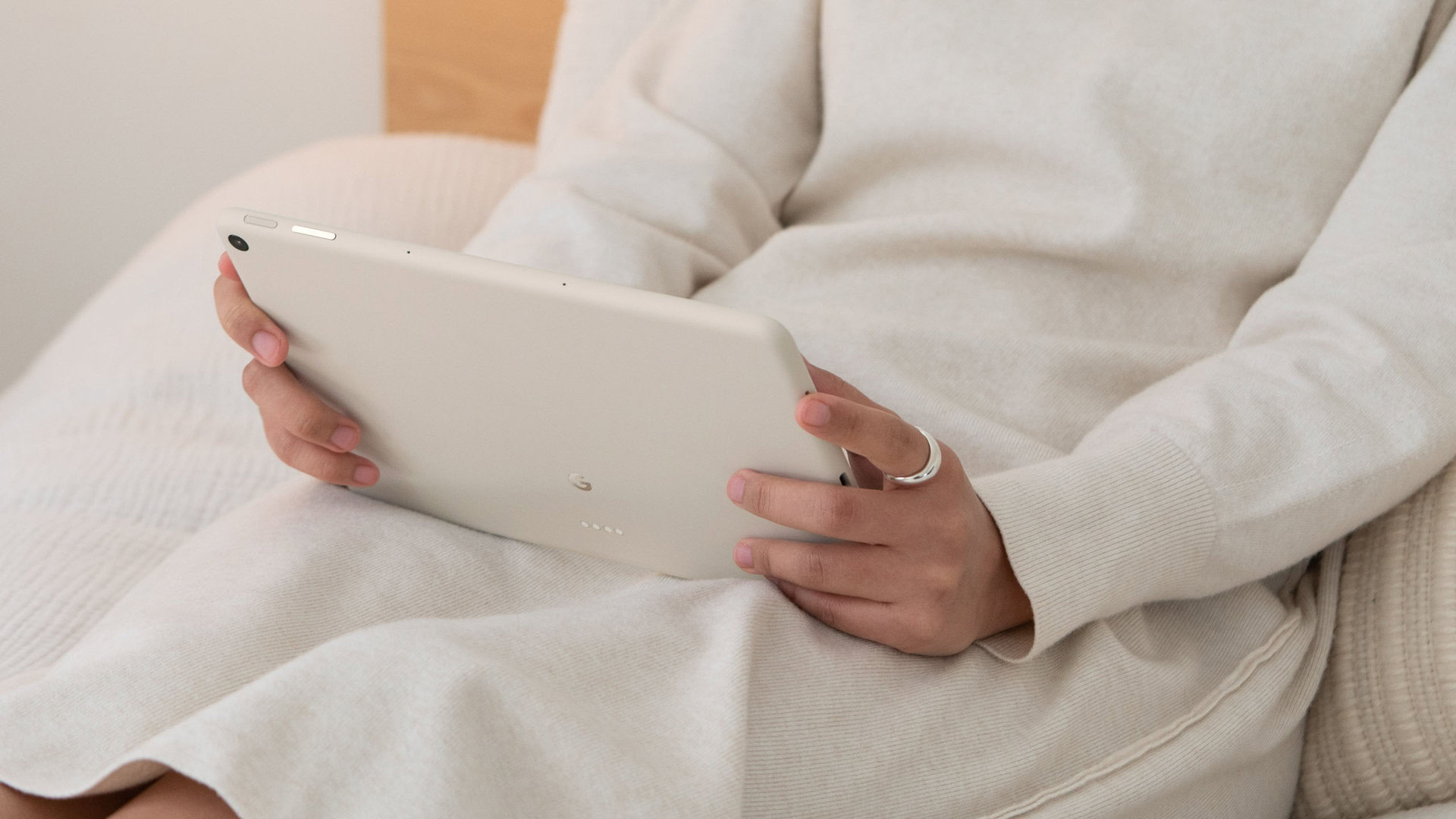Affiliate links on Android Authority may earn us a commission. Learn more.
Android 15 may let you create an even more customized bedtime routine
Published onMay 7, 2024

- Third-party apps can now access the same functionality as Digital Wellbeing’s bedtime mode in Android 15.
- Bedtime mode is a feature that silences your phone and changes various screen options to help you sleep better at night.
- Before Android 15, certain screen options could only be controlled by Google’s Digital Wellbeing app.
It’s awfully tempting to use your phone late at night before going to bed, but it can be detrimental to your sleep schedule and quality. That’s why Google’s Digital Wellbeing app has a dedicated bedtime mode you can flip. Bedtime mode silences your phone and changes various screen options to encourage you to stop using your phone. Currently, only the stock, preinstalled Digital Wellbeing app has the capability to automatically change distracting screen options, meaning you’re limited to using the app’s time-based trigger. But in the upcoming Android 15 update, Google is giving third-party apps the ability to change distracting screen options, opening up an avenue for developers to let users create an even more custom bedtime mode routine.
If you open up Digital Wellbeing’s settings page and tap on Bedtime mode, you can change when the routine triggers. You can set it on a fixed schedule or have it turn on when charging after a specific time of day. Once you’ve chosen when to activate it, you can customize what happens when bedtime mode is enabled. You can choose to have bedtime mode activate Android’s Do Not Disturb mode, ensuring that only alarms and calls from important contacts reach you. You can also choose to have bedtime mode change various screen options, like turning your screen grayscale, enabling dark mode, turning off the always-on display, and dimming the wallpaper.
If you choose to let bedtime mode activate Android’s Do Not Disturb mode, then the system creates a corresponding Do Not Disturb mode schedule called “bedtime mode.” This can be seen under Settings > Notifications > Do Not Disturb > Schedules. Android has long allowed third-party apps to create their own Do Not Disturb mode schedules through the AutomaticZenRule API, so long as they hold the aptly named “Do Not Disturb access” permission (known internally as ACCESS_NOTIFICATION_POLICY) under Settings > Apps > Special app access.
However, the operating system doesn’t let third-party apps change the various screen options that Google’s Digital Wellbeing app toggles during bedtime mode. This is because the APIs used by Digital Wellbeing to toggle grayscale, disable AOD, dim the wallpaper, and enable dark mode aren’t normally accessible to third-party apps. Several developers have already figured out ways to change these screen options in their apps, but their methods require setting up and using ADB to grant some hidden permissions manually. Fortunately, app developers won’t need to use these workarounds in Android 15 since the operating system finally provides a public API for third-party apps to control the same screen options managed by Google’s Digital Wellbeing app.
With the release of Android 15 Developer Preview 2, Google introduced a new ZenDeviceEffects API that lets apps dim the wallpaper, minimize the color saturation of the display (i.e., go grayscale), suppress the ambient display, and toggle night mode (i.e., dark theme) when the app-created Do Not Disturb mode schedule goes into effect. The developer of Tasker, one of the best automation apps for Android, added support for these APIs into their app, enabling it to set a custom Do Not Disturb mode schedule that also changes these screen options.
The benefit of Google making this API public is that users won’t be limited to using the company’s Digital Wellbeing app to manage these screen options at night. Users could, for example, create an even more custom bedtime mode routine through a third-party app, one that potentially triggers based on scanning an NFC tag instead of time, for example. There are potentially other uses of this API that’ll be up to app developers to find out and take advantage of.
Since Google publicly announced the ZenDeviceEffects API in the Developer Preview 2 blog post, there’s a low chance it would scrap it ahead of Android 15’s stable release later this year. However, there’s a decent chance it could tweak the API before the stable release, as various features like changing dark mode currently don’t work despite what the documentation says. Plus, we’re hoping the company will open up the additional ZenDeviceEffects that Android 15 supports, including the ability to disable adaptive brightness, disable tap to wake, disable tilt to wake, disable touch interactions, minimize radio usage, and maximize doze mode. These additional effects are currently hidden from the public Android 15 SDK, though, so there’s a chance they might not ever be made public.